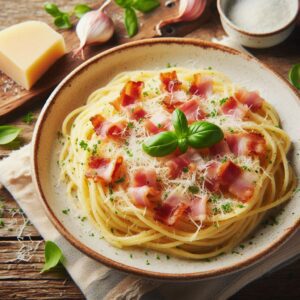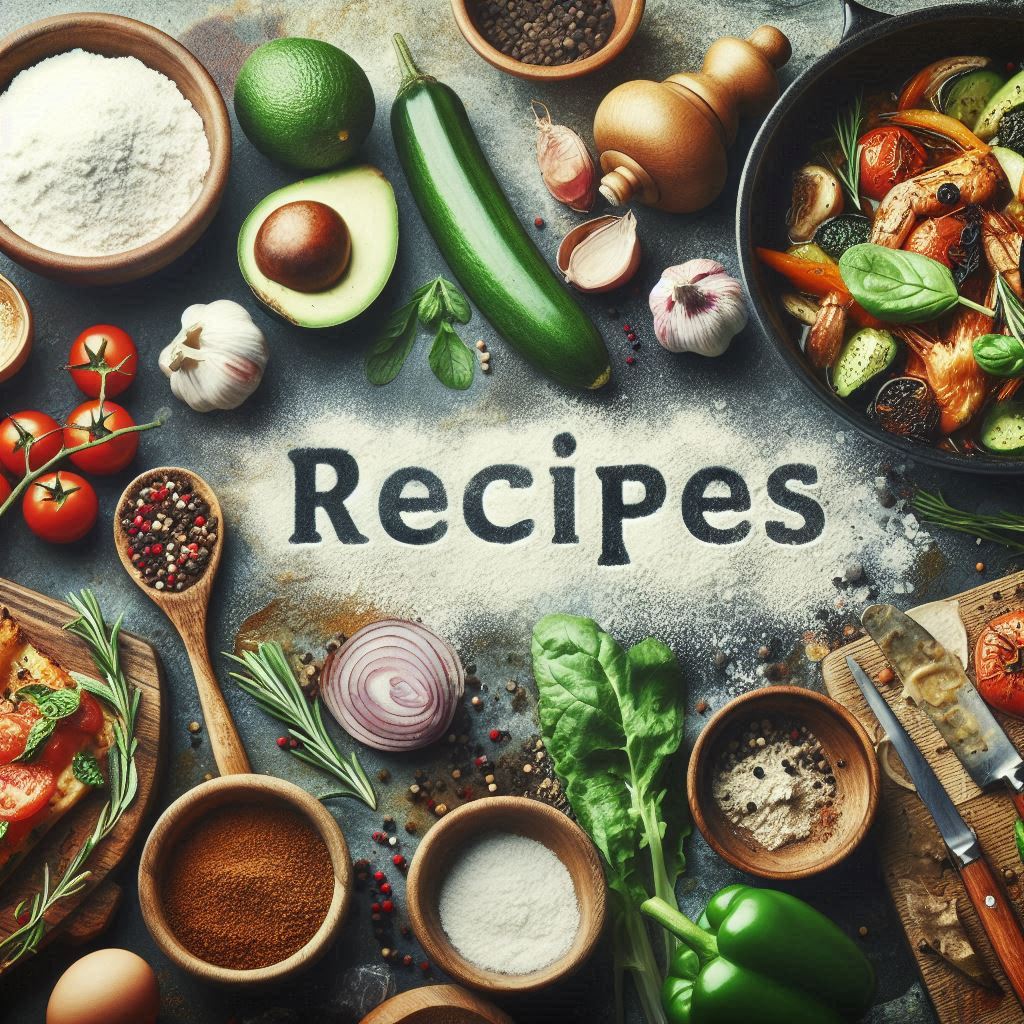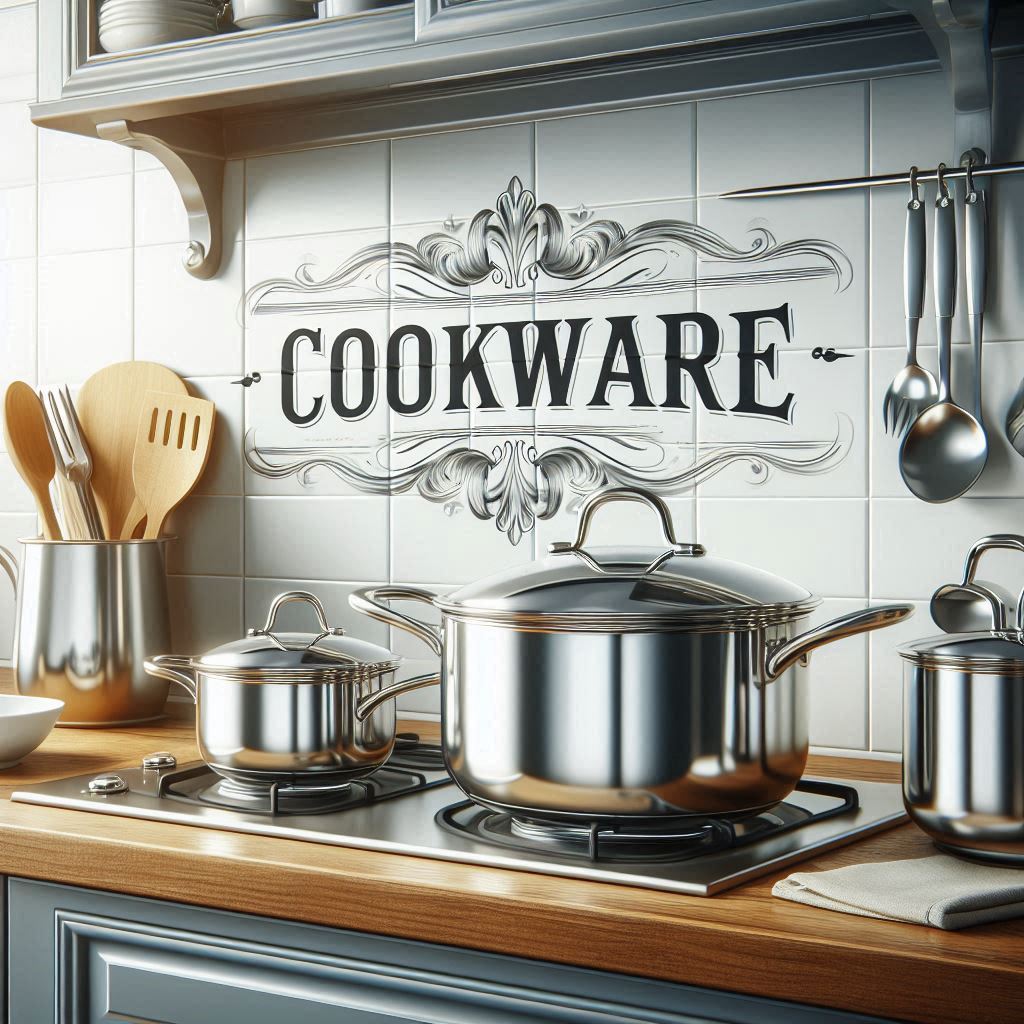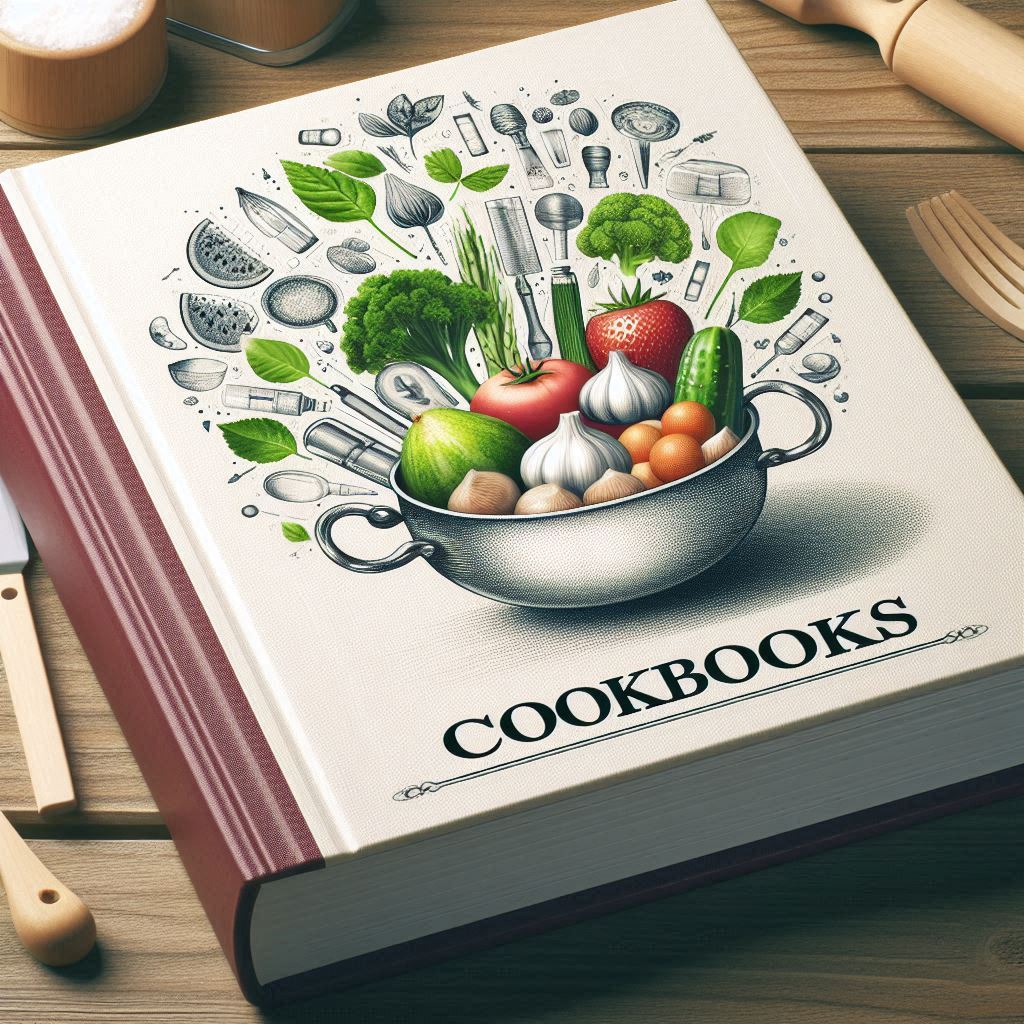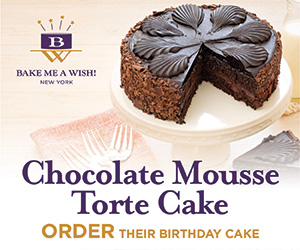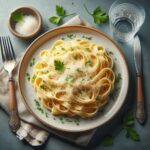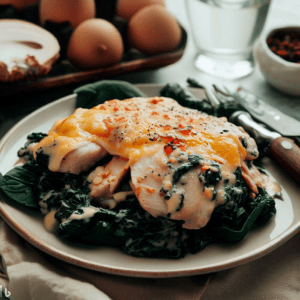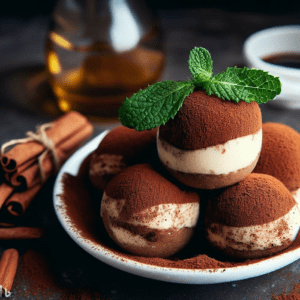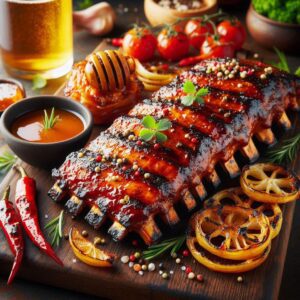Delight in the timeless flavors of Italian cuisine with the beloved classic, Spaghetti Carbonara. This dish transcends generations, encapsulating the art of simplicity and the magic of a few quality ingredients. A harmonious dance of perfectly cooked pasta, crispy pancetta or guanciale, rich Pecorino Romano cheese, and creamy eggs awaits, creating a symphony of flavors that transports you to the heart of Rome. As you take a journey through the culinary heritage of Italy, you’ll discover that sometimes, the most extraordinary experiences arise from the simplest of pleasures.
Meal Setup and Gathering:

15 Minutes

20 Minutes

4 Servings
Equipment:
To cook a classic Spaghetti Carbonara, which typically involves pasta, eggs, Pecorino Romano cheese, guanciale (or pancetta), and black pepper, you’ll need the following cooking equipment. This assumes the traditional stovetop method without baking or unconventional steps:
- Large Pot – For boiling the spaghetti carbonara in salted water. A 4-6 quart pot is ideal for cooking 1 pound of pasta.
- Stove – To heat the water for boiling pasta and to cook the guanciale and sauce.
- Colander – To drain the cooked spaghetti carbonara after boiling.
- Skillet or Frying Pan – A medium to large skillet (10-12 inches) for crisping the guanciale or pancetta and tossing the pasta with the sauce. Non-stick or stainless steel works, though cast iron adds flavor.
- Tongs or Pasta Fork – To stir the spaghetti while boiling and to transfer it from the pot to the skillet without losing too much water (some starchy water is key for the sauce).
- Mixing Bowl – A medium bowl to whisk together the eggs, grated cheese, and pepper for the sauce. It should be big enough to later toss the hot pasta in (off-heat method) if you prefer that technique.
- Whisk or Fork – To blend the eggs and cheese into a smooth mixture for the creamy sauce.
- Grater – To freshly grate Pecorino Romano (or Parmesan if substituting) over the dish or into the sauce mix.
- Knife – To cut the guanciale or pancetta into small cubes or strips if it’s not pre-sliced.
- Cutting Board – A surface for prepping the guanciale or pancetta.
- Measuring Spoons (Optional) – For precise amounts of black pepper or cheese, though many cooks eyeball it.
- Spoon or Spatula – To stir the guanciale while it renders fat and crisps up in the skillet.
Optional but helpful:
- Ladle or Mug – To reserve a cup of pasta water before draining, which helps adjust the sauce consistency.
- Pepper Mill – For freshly ground black pepper, a signature flavor in carbonara.
No oven or fancy gadgets are needed—just basic stovetop tools. The process involves boiling pasta, crisping the meat, and combining everything with the egg-cheese mixture off heat to avoid scrambling. Ready to twirl some spaghetti? Let me know if you’re tweaking the recipe!
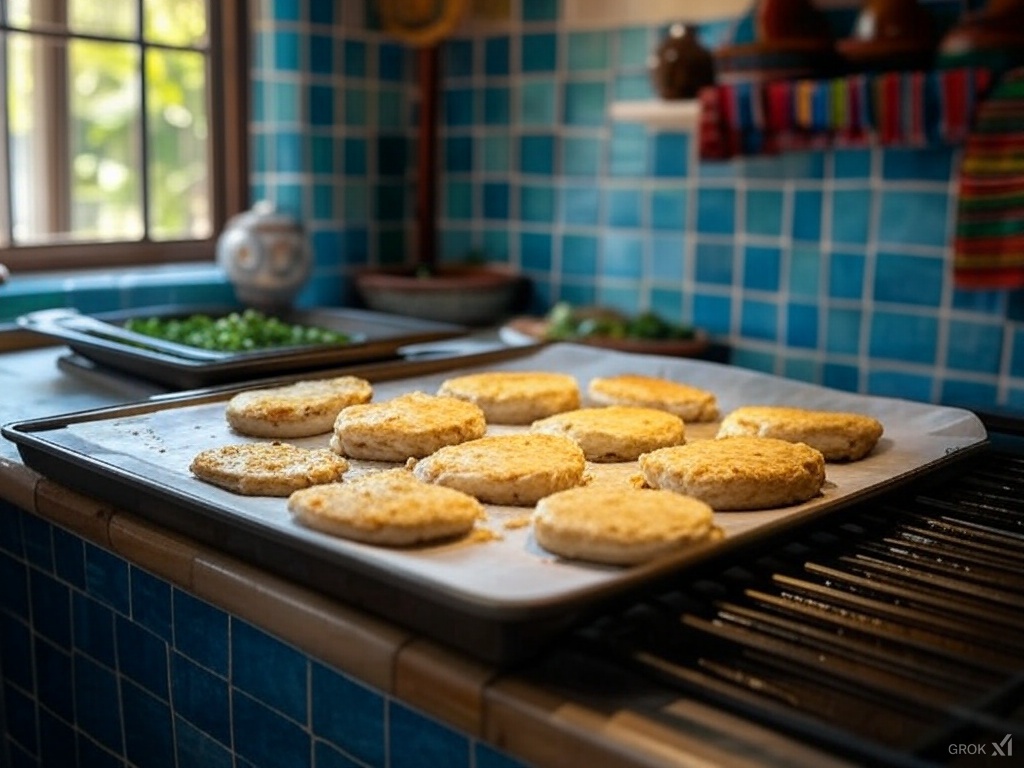
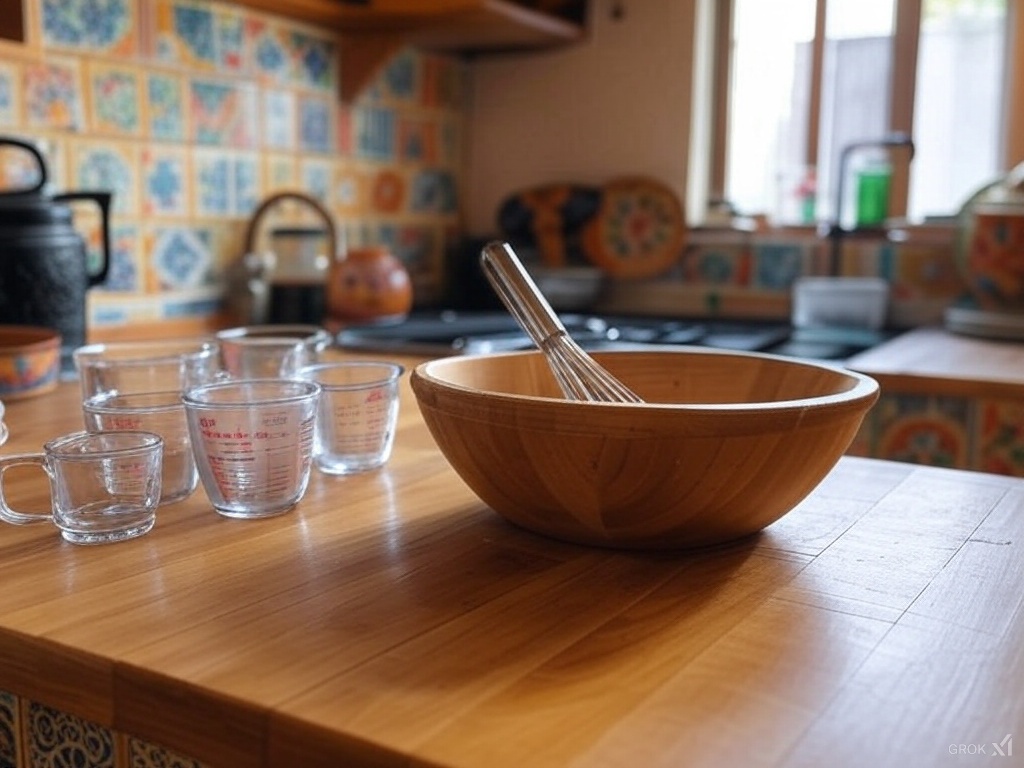
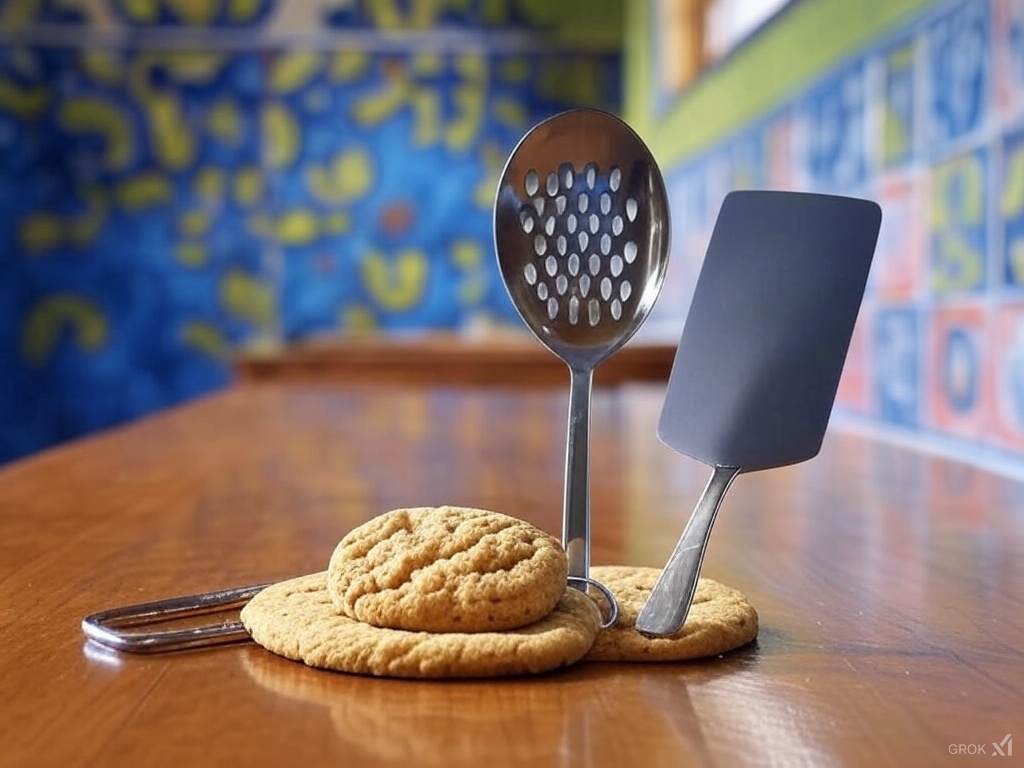
Ingredients:
- 8 ounces (about 225 grams) of spaghetti
- 2 large eggs
- 1 cup grated Pecorino Romano cheese
- 4 ounces (about 115 grams) of pancetta or guanciale, diced
- 2 cloves of garlic, minced
- Freshly ground black pepper
- Salt, to taste
- Chopped fresh parsley, for garnish (optional)
Procedure:
- Bring a large pot of salted water to a boil. Add the spaghetti and cook according to the package instructions until al dente. Reserve about 1 cup of pasta cooking water before draining the pasta.
- In a mixing bowl, whisk together the eggs and grated Pecorino Romano cheese. Season with a generous amount of freshly ground black pepper.
- In a skillet, cook the diced pancetta or guanciale over medium heat until it becomes crispy and golden brown. Remove any excess fat, leaving just a small amount in the pan.
- Add the minced garlic to the skillet and sauté for about 1 minute until fragrant. Be careful not to let it brown too much.
- Once the pasta is cooked, quickly transfer it to the skillet with the pancetta and garlic, tossing to combine.
- Remove the skillet from heat and let it cool down slightly. Then, pour the egg and cheese mixture over the pasta, tossing vigorously to coat. The heat from the pasta will cook the eggs and create a creamy sauce. If the sauce seems too thick, you can gradually add some of the reserved pasta cooking water until you reach the desired consistency.
- Season with salt if needed (remember that both the pancetta and Pecorino cheese can be salty) and more freshly ground black pepper to taste.
- Serve the Spaghetti Carbonara immediately, garnished with chopped fresh parsley if desired.
Note: Traditional Carbonara does not include cream, peas, or onions. It’s a simple dish that celebrates the flavors of eggs, cheese, and cured pork.
Conclusion
Indulging in a plate of Spaghetti Carbonara is not merely a gastronomic experience, but a celebration of tradition and authenticity. As you savor each bite, you’re invited to embrace the essence of Italian culture, where food isn’t just sustenance, but a testament to the art of crafting memories. The velvety richness of the sauce, the satisfying bite of the pasta, and the harmonious interplay of flavors all come together to create a moment that transcends time, bridging the gap between the past and the present. In a world often marked by complexity, this dish serves as a reminder that the most extraordinary pleasures can be found in the simplest of ingredients, prepared with care and passion.
So, whether you’re sharing this soul-warming dish with loved ones, or preparing it as a treat for yourself, remember that every forkful holds a piece of Italy’s culinary heritage. It’s a culinary journey that encapsulates the essence of Italy’s vibrant culture—a journey that beckons you to gather around the table, revel in the flavors that dance on your palate, and create cherished memories that will linger long after the last forkful is enjoyed. In Spaghetti Carbonara, there’s more than just a dish; there’s a story of tradition, love, and the profound joy that can be derived from the simple act of breaking bread together.
FAQs
1. What ingredients do I need for Spaghetti Carbonara?
Answer: For 4 servings, you’ll need 12-16 oz spaghetti, 4 large eggs, 1-1½ cups grated Pecorino Romano cheese, 4-6 oz guanciale (or pancetta), freshly ground black pepper, and salt (for pasta water). No cream or garlic in the traditional version!
2. Can I use bacon instead of guanciale or pancetta?
Answer: Yes, bacon can work in a pinch, but it’s smokier and leaner than guanciale (cured pork cheek) or pancetta (cured pork belly). Use 4-6 oz, and cook it until crisp. The flavor will differ slightly from the authentic Italian version.
3. How do I stop the eggs from scrambling in the sauce?
Answer: Remove the skillet from the heat before adding the egg-cheese mixture. Toss the hot pasta with the guanciale first, then pour in the eggs while stirring quickly. A splash of reserved pasta water (warm, not boiling) helps create a creamy texture without cooking the eggs.
4. How much pasta water should I reserve?
Answer: Reserve about 1 cup before draining the spaghetti. You’ll likely use 2-4 tablespoons to loosen the sauce, but having extra ensures you can adjust the consistency if it’s too thick.
5. Do I need to add cream to Spaghetti Carbonara?
Answer: No, traditional carbonara doesn’t use cream—it’s a modern addition in some recipes. The creaminess comes from eggs, cheese, and starchy pasta water emulsifying with the guanciale fat.
6. How long does it take to cook Spaghetti Carbonara?
Answer: For 4 servings, prep takes 10-15 minutes (boiling water, chopping, grating), and cooking takes 15-20 minutes (boiling pasta, cooking guanciale, finishing). Total time is 25-35 minutes.
7. What equipment do I need to make it?
Answer: You’ll need a large pot (for boiling pasta), a colander, a skillet (for guanciale), tongs or a pasta fork, a mixing bowl, a whisk or fork, a grater, a knife, and a cutting board. A ladle for pasta water is handy too.
8. Can I make Carbonara ahead of time?
Answer: It’s best fresh, as the sauce thickens and loses its silky texture when reheated. If you must, cook the pasta and guanciale ahead, but mix the egg-cheese sauce just before serving. Reheat gently with a splash of water.
9. Why is my Carbonara sauce too dry or clumpy?
Answer: This happens if there’s not enough fat or liquid. Ensure you use enough guanciale (its fat is key), and add reserved pasta water gradually while tossing. Too much cheese or overcooking the eggs can also clump it—use moderate heat and fresh ingredients.
10. Can I add vegetables like peas or mushrooms?
Answer: Traditionalists would say no, but you can! Sauté ½ cup peas or mushrooms with the guanciale for extra flavor. Just know it’s a departure from the classic Roman recipe focused on eggs, cheese, and pork.

